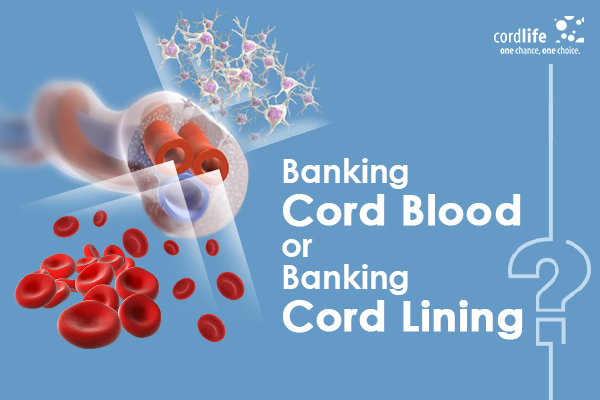Table of Contents
Stem cell banking has opened up a world of possibilities. Now, we can ensure the health of our child by using biological resources. Think of it as a self-repair kit. However, before opting for cord blood banking, you must know about the options available to you.
What is Cord Blood Banking?
Cord blood is present in the umbilical cord and placenta after delivery. Cord blood is a rich source of stem cells. Through, cord blood banking, we can collect the cord blood and freeze the stem cells. These can be later used for future medical use.
Before the 1990s, however, the umbilical cord and its blood were considered medical waste. Today, parents know the importance of the regenerative powers of the stem cells contained in the blood. This is why they choose to store it so it can be used to treat life-threatening diseases.
Cord blood stem cells are mainly Hematopoietic Stem Cells (HSCs), which means that they can transform into various blood cell types.
What is Cord Lining Banking?
Cord lining banking, on the other hand, involves storing different types of stem cells. The cord lining membrane contains Mesenchymal stem cells (MSCs) and Epithelial stem cells (ESCs).
Mesenchymal Stem Cells give rise to various other cells that make up the structural framework of our organs. These include skin fibroblasts, ligament fibroblasts, chondrocytes, osteoblasts, smooth muscle cells, skeletal muscle cells, tenocytes, cardiomyocytes, neuronal cells, and adipocytes.
Epithelial stem cells (ESCs) produce cells that line the body. They can be diversified into skin keratinocytes, epithelial cells of the cornea and conjunctiva, mucosal epithelial cells of the oesophagus, small and large intestines, airways and lungs, bladder and uterus, as well as liver cells.
What Are The Different Healing Properties Of Stem cells?
Hematopoietic Stem Cells (HSCs), found in cord blood, can be used to regenerate the immune system. Their regenerative powers can also come in handy when treating life-threatening diseases. After conducting intensive research, it has been concluded that they can be used to successfully treat leukemia and other blood disorders.
Mesenchymal stem cells (MSCs) and Epithelial stem cells (ESCs), found in cord lining membrane, repair and heal the body differently when compared to cord blood. Over the years, they have shown immense healing capabilities. They not only aid the repair of injured tissues and organs but can also treat a number of diseases. MSCs on the other hand, are building blocks of structural tissues of our body, such as the bone, cartilage, and muscle. In fact, Mesenchymal Stem Cell therapy has evolved as a strong contender in the fight against the deadly effects of the Covid-19 virus. Cells derived from ESCs form many parts of our body, including skin, hair, cornea, sweat glands, and other secretor cells, sensing cells, and cells that cover vital parts of our body such as the liver. Given their various cell types, these stem cells show a lot of promise for cellular therapies and regenerative medicine.
They are also undergoing evaluation in more than 300 trials. If all goes well, they will be used to treat heart diseases, stroke, spinal cord injury, cornea repair, and healing burns and diabetic ulcers.
Which Is The Best For You?
Both cord lining banking and cord blood banking offer your child and your family members a range of treatment options. You can opt for both to ensure your child’s safety.
Once considered medical waste, stem cells are now hailed for their life-saving properties. So, don’t listen to the naysayers and give your baby and your family the power of regenerative healing.
